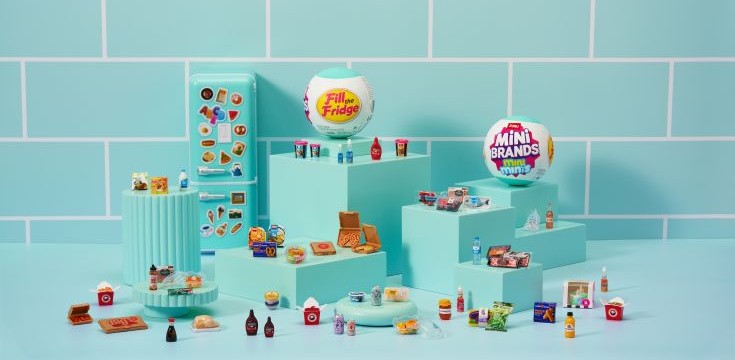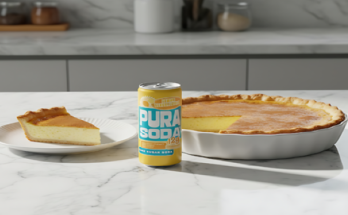From Polly Pocket reboots to pint-sized fast-food replicas, mini collectibles have become one of the most powerful drivers in the global toy economy. Their appeal isn’t hard to understand; they blend the nostalgia of childhood memories with the thrill of discovering something new. Crucially, they also remain relatively affordable compared to other collectibles, making them accessible to a wider audience.
“Miniatures tap into this universal sense of nostalgia,” explains Christiane Schwarz, Senior Marketing Executive at ZURU. “They remind adults of the toys they grew up with, while giving kids a sense of owning a piece of pop culture. Our capsule lines have proven popular precisely because they make nostalgia affordable, not exclusive.” With over a billion Mini Brands capsules sold worldwide, the scale of this appetite shows just how bankable nostalgia has become.
From Criticism to Comfort: Parents Warm to Blind Boxes
Not long ago, blind-box toys faced scepticism from parents who saw them as “gamified gambling” for children. The idea of buying a sealed capsule without knowing what it holds inside seemed risky, even manipulative. But attitudes are shifting.
Today, parents are increasingly embracing blind boxes as affordable rewards, repeat-play toys, and screen-free entertainment. Transparency around rarity charts, lower price points, and the sheer creative play value have helped ease concerns.
“Parents are realising that blind-box toys aren’t about risk, they’re about fun, surprise and collectability,” Schwarz notes. “With clear rarity charts and accessible pricing, families see them as an easy way to add excitement to playtime without breaking the bank.” Rather than being a once-off novelty, the format has become a trusted part of the toy aisle, proving that what once raised eyebrows now sparks anticipation.
Why Tiny Toys Rule TikTok
The real accelerant of the mini collectible craze, however, is social media. On TikTok, unboxing and “mini haul” videos consistently rack up millions of views, transforming toy openings into entertainment. TikTok sees over 1 billion video views, with users creating “mini” themed videos that tap into the aesthetic charm and shareability of miniature worlds.
South Africa has joined the wave, with capsule unboxings, “restock fridge” videos, and collectible swaps flooding local timelines. For tweens and teens, tiny toys are now part of social media culture, bridging the gap between play and performance.
One of the biggest hits is ZURU’s Fill the Fridge playset, a miniature refrigerator with working doors and drawers that kids (and adults) can stock with tiny, branded groceries from ZURU’s Mini Brands capsules. The set taps perfectly into the viral “restock” trend, where creators film themselves neatly filling shelves, fridges, or pantries with perfectly organised items. With the Fill the Fridge, fans get to recreate that oddly satisfying ritual in toy form, arranging mini cereals, sodas, sauces, and snacks into tiny fridge compartments.
In fact, Schwarz says, in the past month ZURU’s Fill the Fridge moments have racked up over 200 million views in the first month on TikTok and Instagram, showing just how powerfully this blend of organisation, nostalgia, and play resonates with audiences.
“Miniatures were made for the TikTok era,” says Schwarz. “They’re small, shareable, surprising, and they generate instant content. In South Africa, we’ve seen kids posting their own Mini Brands hauls, 5 Surprise reveals, and even Rainbocorns surprises. It’s become a way of connecting as much as with the toys.”
Small is the New Big
Whether it’s nostalgia, affordability, or digital virality, mini collectibles are ticking every box for today’s consumers. They’ve grown from quirky novelties into a global toy category worth billions of dollars, reshaping what families and now teenagers, and adults expect from play.
For South Africa, the rise of mini collectibles is more than a fad: it’s a sign that the country has joined a worldwide shift where tiny treasures bring big joy. And with parents, kids, and TikTok creators all in on the act, the future of play might just fit into the palm of your hand.




